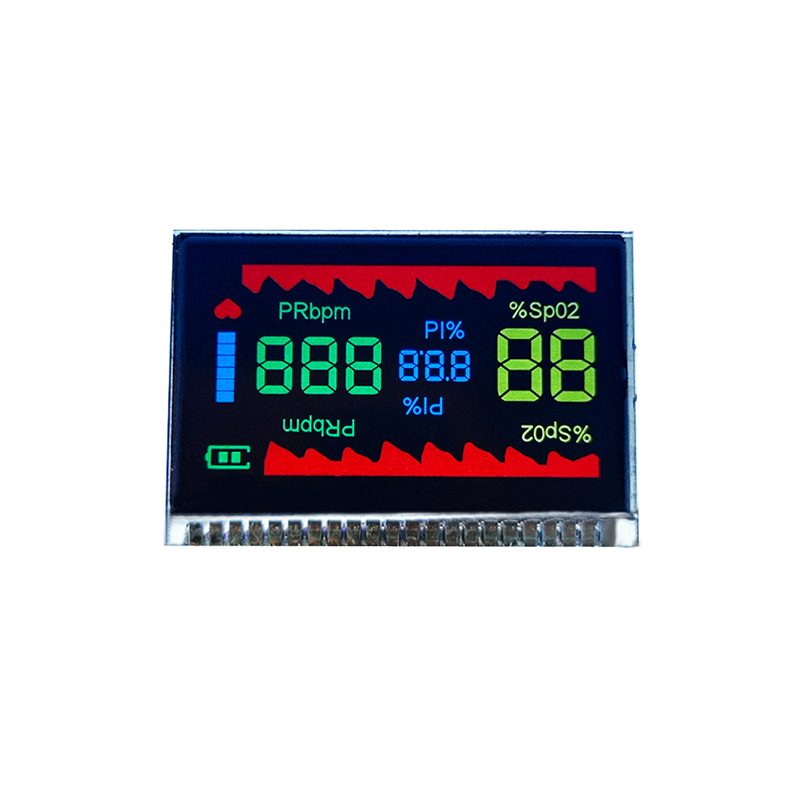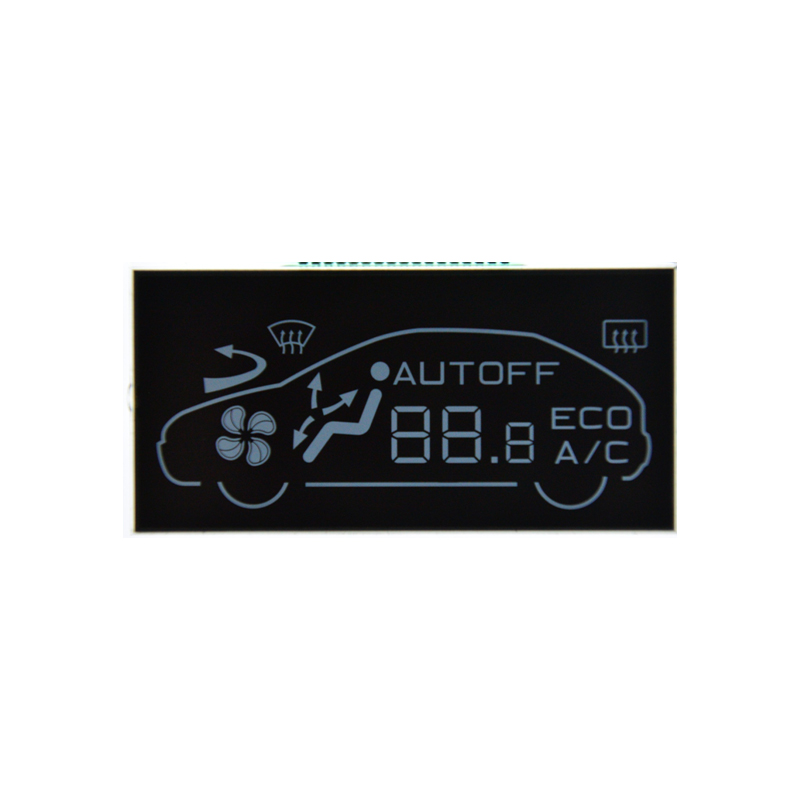
Selecting the right interface for your embedded system is crucial for performance and efficiency. Two popular choices are I2C and SPI, each offering distinct advantages and disadvantages. This comprehensive guide dives deep into the specifics of I2C and SPI interfaces, helping you make an informed decision based on your project's needs. We'll cover their technical details, practical applications, and considerations for selecting the best option for your application. Whether you are designing a simple sensor network or a complex industrial control system, understanding the nuances of these protocols is key.
I2C is a multi-master, serial communication bus widely used for short-distance communication between microcontrollers and peripheral devices. Its simplicity and low pin count make it ideal for applications where minimizing hardware complexity is paramount. I2C uses only two signal lines: SDA (Serial Data) and SCL (Serial Clock). This significantly reduces the number of pins required compared to other communication protocols, simplifying circuit design and PCB layout.
SPI is a full-duplex, synchronous serial communication bus that offers higher speeds than I2C. It typically uses four wires: MOSI (Master Out Slave In), MISO (Master In Slave Out), SCK (Serial Clock), and SS (Slave Select). The SS line allows for communication with multiple slave devices on the same bus, albeit with a master-slave architecture.
| Feature | I2C | SPI |
|---|---|---|
| Speed | Slower | Faster |
| Complexity | Simpler | More Complex |
| Pin Count | 2 | 4 (typically) |
| Communication Type | Multi-master | Master-slave |
| Power Consumption | Lower | Higher |
The choice between I2C and SPI depends heavily on your specific application requirements. Consider factors such as:
For applications requiring high-speed data transmission, such as transferring images from a camera sensor, SPI is generally the better choice. On the other hand, for simple sensor networks or applications requiring minimal pin count, I2C is often more suitable. Careful consideration of these factors will ensure that you select the optimal best I2C SPI interface for your embedded system.
Remember to always consult the datasheets of your specific microcontroller and peripherals to ensure compatibility and proper implementation. For high-quality LCD displays for your embedded systems, consider exploring the options available at Dalian Eastern Display Co., Ltd. They offer a wide range of display solutions to complement your chosen interface.












